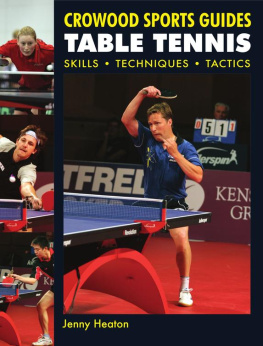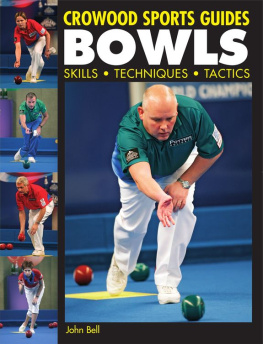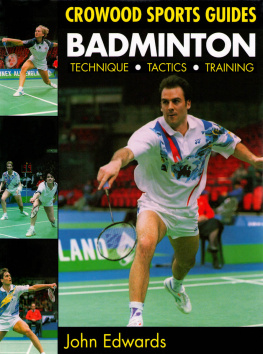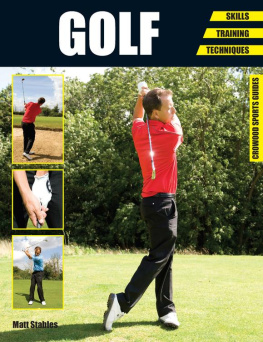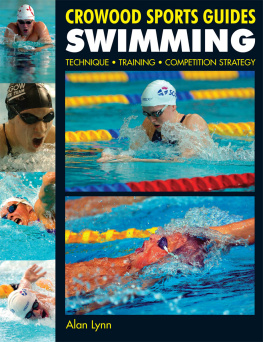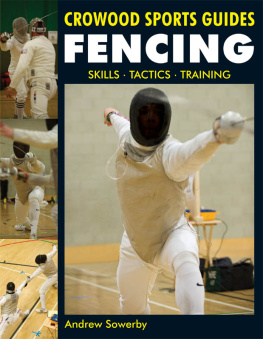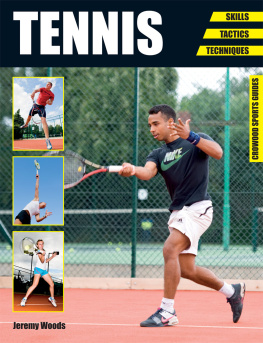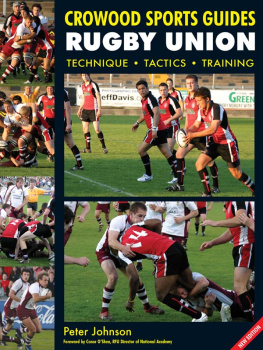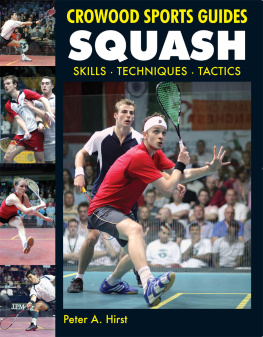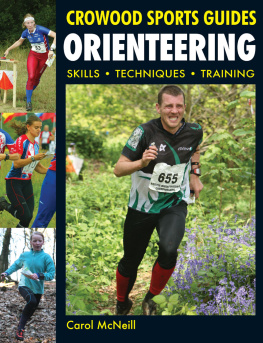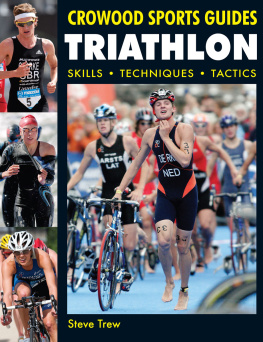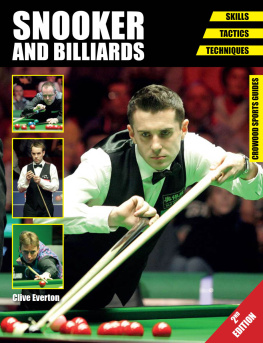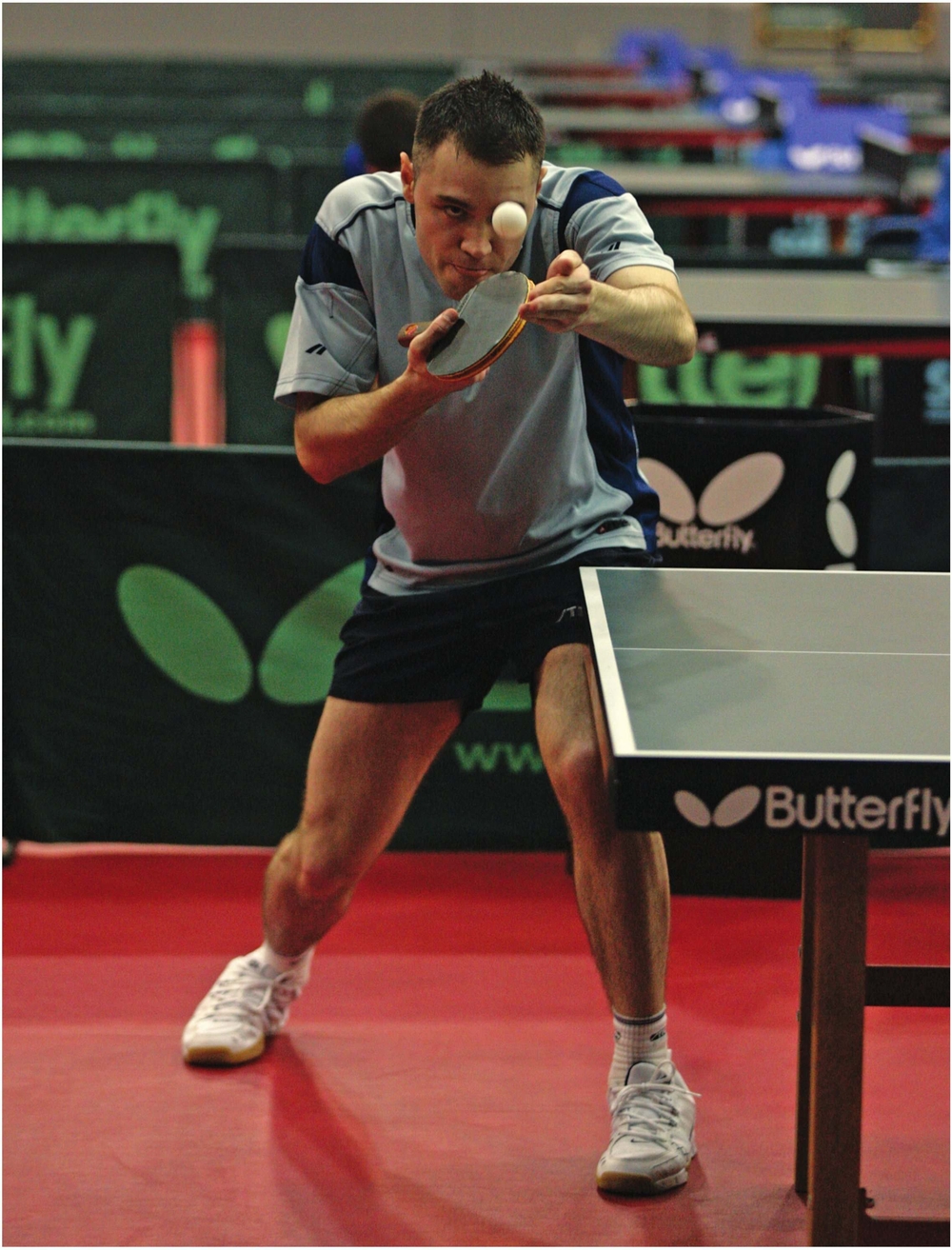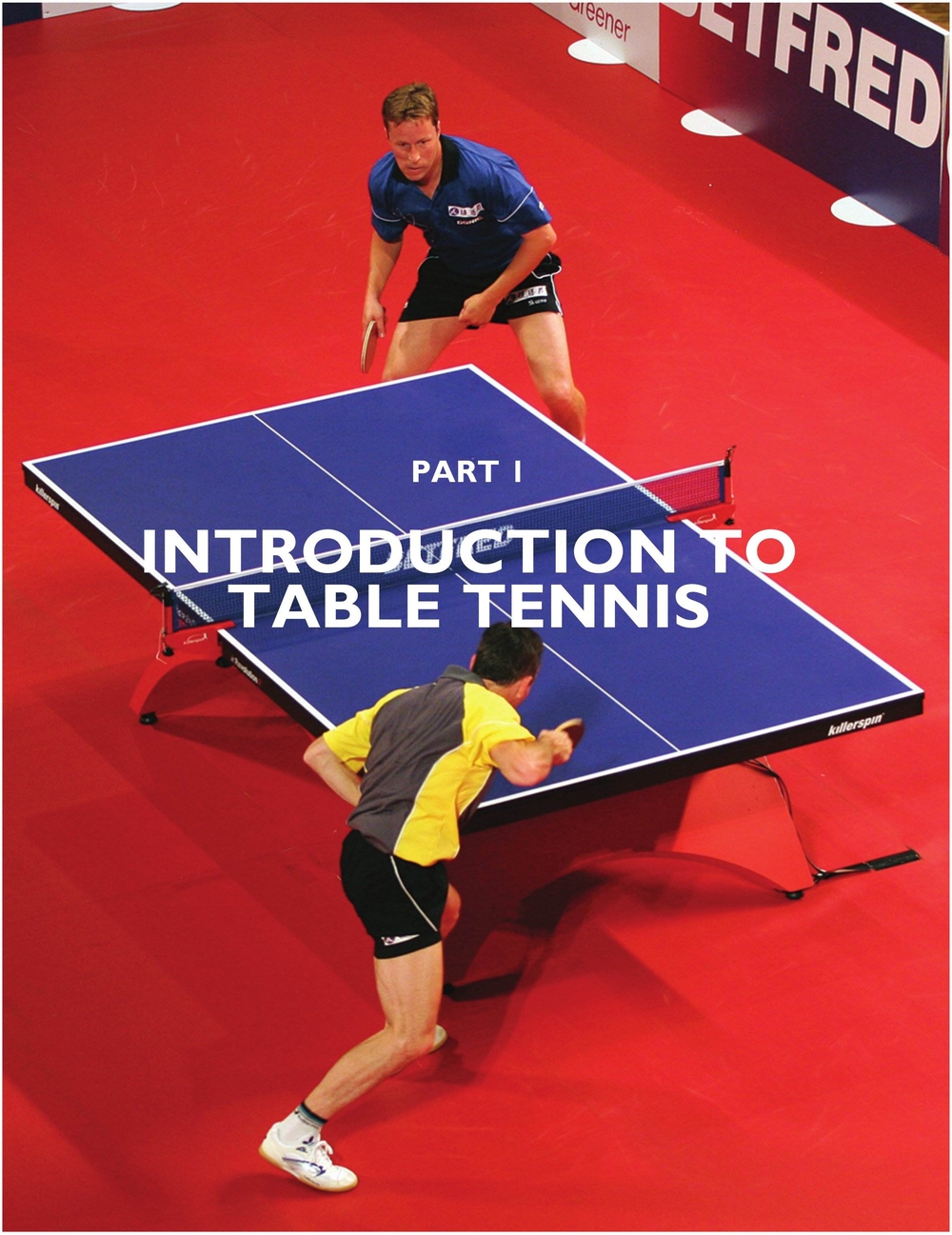First published in 2009 by The Crowood Press Ltd, Ramsbury, Marlborough, Wiltshire, SN8 2HR
www.crowood.com
This e-book edition first published in 2012
The Crowood Press Ltd 2009
All rights reserved. This e-book is copyright material and must not be copied, reproduced, transferred, distributed, leased, licensed or publicly performed or used in any way except as specifically permitted in writing by the publishers, as allowed under the terms and conditions under which it was purchased or as strictly permitted by applicable copyright law. Any unauthorised distribution or use of this text may be a direct infringement of the authors and publishers rights, and those responsible may be liable in law accordingly.
ISBN 978 1 84797 438 9
Dedication
To my husband John for his help with the proof reading and support throughout the project.
Acknowledgements
The author and publishers would like to thank the following for their help in the production of this book: Jill Parker MBE and Don Parker, the players at the National Centre for their time and expertise, and the ETTA and ITTF.
The photographs that appear in the book were taken by David Wearn. Line drawings by Keith Field.
Disclaimer
Please note that the author and the publisher of this book are not responsible or liable, in any manner whatsoever, for any damage, or injury of any kind, that may result from practising, or applying, the techniques and methods and/or following the instructions described in this publication. Since the exercises and other physical activities described in this book may be too strenuous in nature for some readers to engage in safely, it is essential that a doctor is consulted before undertaking such exercises and activities.
Table tennis is a fun and exciting game enjoyed by people of all ages and from all walks of life. Anyone can enjoy playing table tennis, but to be good at table tennis like any other sport requires dedication, coaching and training. It is a very accessible sport and it is widely played throughout the world. The International Table Tennis Federation started with only five countries in 1926, England being one of these. Now there are over 200 member-country associations.
Table tennis has been an Olympic sport for both singles and doubles events since the Seoul games in 1988; in 2008 in Beijing , team events were included for both mens and womens national teams.
Table tennis can be played in most leisure centres and there are leagues in nearly every major town. There are over 150 premier clubs registered in England. Some clubs are still based in church halls or business facilities, but all of the premier clubs are table tennis specific clubs, which have their own premises or are based in leisure centres. Even the Members of Parliament have their own team at the House of Commons.
Table tennis is classed as a high fidelity sport, which means that once a person has become involved they are likely to remain involved for longer than in many other sports. In other words, once you are hooked youll stay hooked!
Table tennis is often a lifelong sport; in the World Veteran Championships there are people competing in over-40, 50, 60, 70, 75, 80 and over-85 age categories.
At the top level, table tennis is one of the fastest games to play and involves an enormous amount and variety of spin. At this level more than two strokes can be played in one second, at speeds over 100mph (160kph) and the ball can rotate up to 100 times per second. It is also a very tactical game, involving trying to out-manoeuvre and deceive an opponent in order to win a point. It has often been referred to as being like playing chess at 100 miles an hour. So to play table tennis at this level you need to be smart as well as sharp!
Whether you just want to have some fun hitting the ball once in a while, or you want to be really good, then as in any sport you need to train in a systematic way. This book aims to provide the necessary information to help both beginners and existing players to do just that. A good technique will result in a better player and make it more rewarding and challenging. This guide provides all the technical and tactical information needed to enable a beginner or an experienced player to improve their game and reach their full potential. The physical requirements of the game are also included as these are an integral part of playing any sport to the full.
This guide will also appeal to coaches, as it provides a good resource of technical, tactical and on- and off-the-table training information that will be useful to them in their coaching work.
Diagram Key
On all table diagrams in this guide:
Arrows = direction and path of the ball
BH = Backhand stroke
FH = Forehand stroke
Table tennis is believed to have been devised in the 1880s as an adaptation of lawn tennis that could be played on the dining room table. The first patents were registered in the 1880s and were sold with simple rules. Ping Pong was named after the sound the ball made, and Whiff-Waff after the sound of the moving racket, so it is believed.
Rubber and cork balls were used in these early versions, but in 1900 these were replaced with celluloid ones. The first books on the game were published in 1901 and the English Table Tennis Association (ETTA) was officially formed in 1927, the same year that the first World Championships were held, in London.
England had many world champions in the early days of the sport, often referred to as the hard bat era because the bat coverings did not include a sponge layer. The most notable English players of this era were Fred Perry, the world singles champion in 1929 who later went on to play lawn tennis, winning eight Grand Slam tennis titles including three at Wimbledon, and Johnny Leach, who won the world table tennis singles twice (in 1949 and 1951).
At the beginning of the 1950s, a new force from Asia began to take over from the Europeans and this was led by the whirlwinds from Japan with their high-speed style. Despite this influence, England continued to be a force in table tennis, winning the mens World Team Championships (the Swaythling Cup) in 1953 and the womens world doubles title in 1951 and 1954 by the Rowe Twins (Ros and Di).
Di Rowe also won the European team title in 1958 with Ann Haydon who, like Fred Perry, went on to play tennis and win the singles title at Wimbledon. Di Rowe also went on to win the European doubles title twice more with Mary Shannon in 1962 and 1964.
During the 1960s and 1970s the modern era of table tennis emerged, with the development of the large array of high-tech bats used today.
Among some of the most successful English players in the modern era were Desmond Douglas, who was one of the most feared competitors of the late 1970s and 1980s; John Hilton, winner of the European Championships in 1980; and Jill Parker, who in 1976 won the European singles title and teamed up with Linda Howard to take the womens doubles crown.
This brief look at the history of English table tennis wouldnt be complete without mentioning Chester Barnes, who became one of the most recognizable sportsmen of the 1960s. He played with an unusual square-shaped bat and won the national mens title at the age of fifteen. He was a flamboyant character, always entertaining to watch, but he never achieved the wins outside England that his talent promised. He was the first table tennis player to surround himself with an entourage which included his own manager and photographer, and a number of loyal fans. After retiring from table tennis he went on to forge an extremely successful career as a racehorse trainer at the stables of the 15-times champion trainer Martin Pipe.

